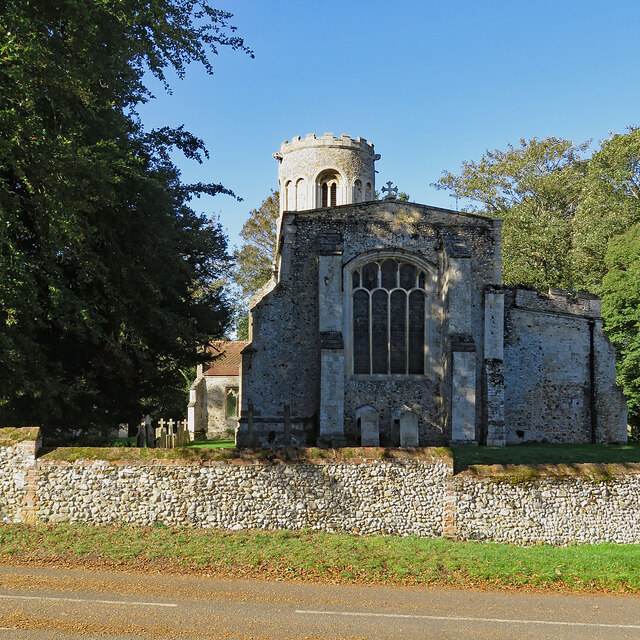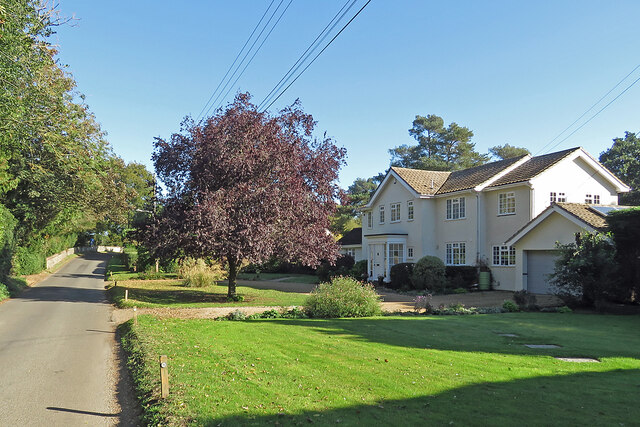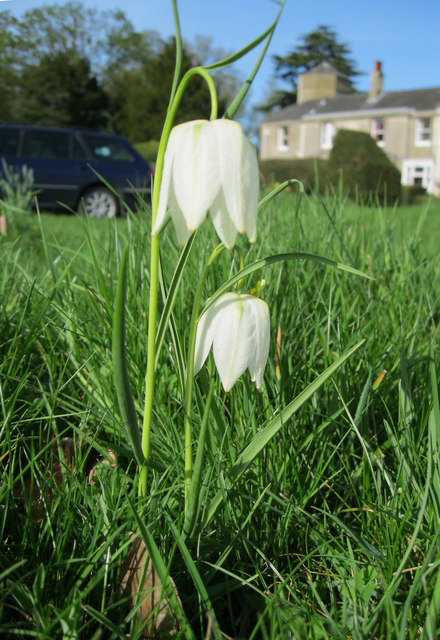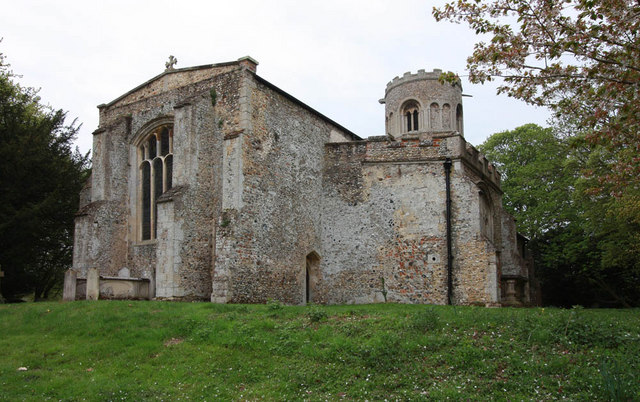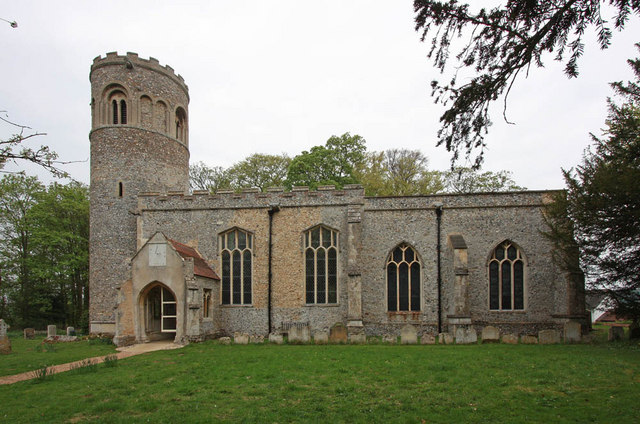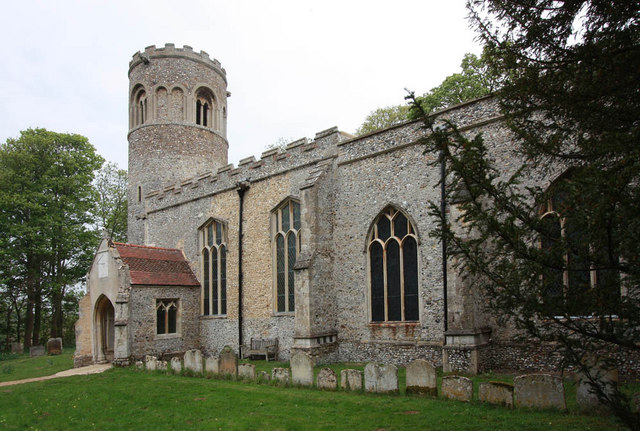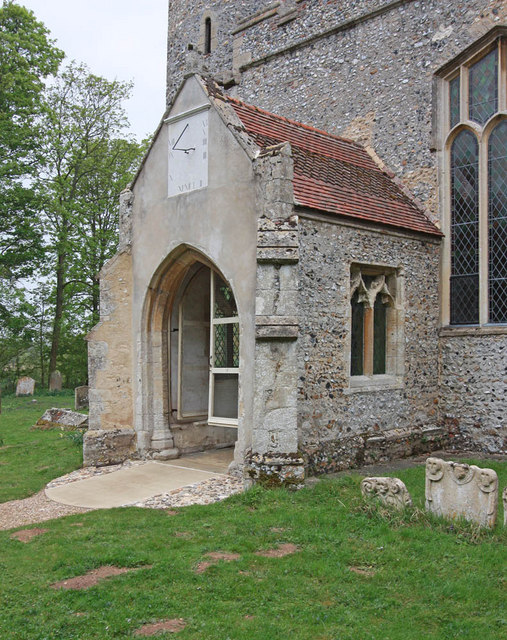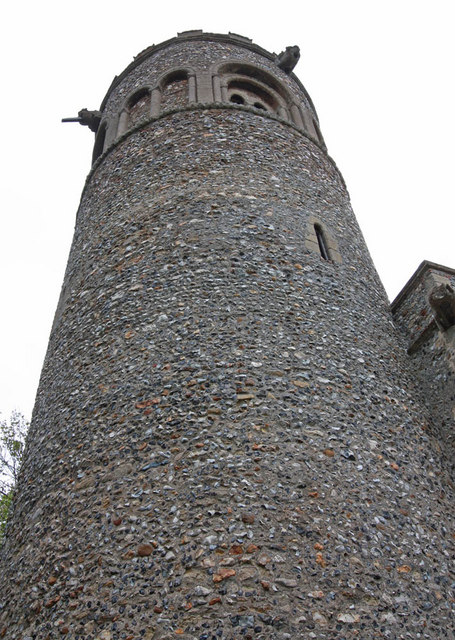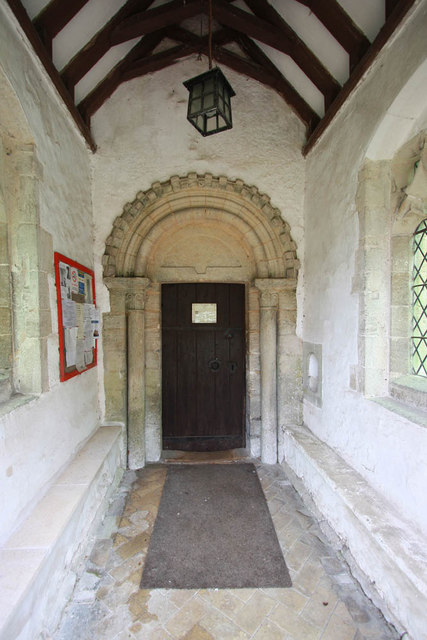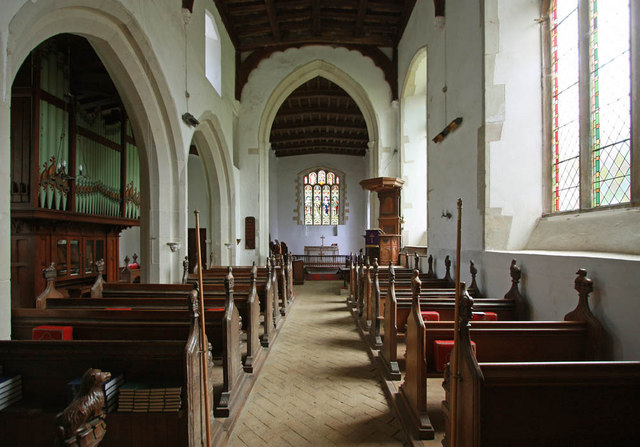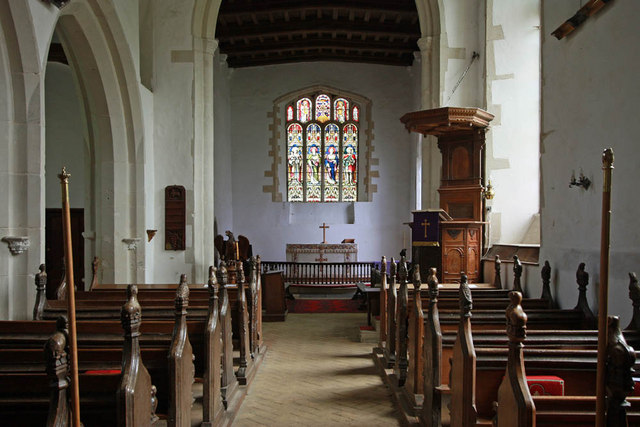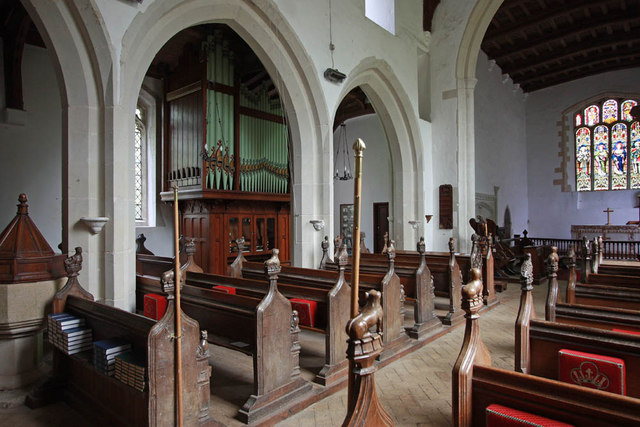Black Plantation
Wood, Forest in Suffolk West Suffolk
England
Black Plantation
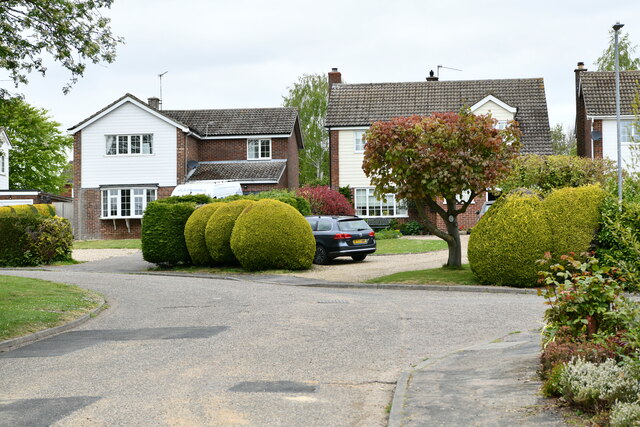
Black Plantation, Suffolk, also known as Black Wood or Black Forest, is a unique natural area located in the county of Suffolk, England. Covering an expansive area of approximately 500 acres, this plantation is renowned for its dense woodland and rich biodiversity.
The plantation is characterized by its dark, thick canopies of trees, primarily consisting of oak, beech, and birch. These towering trees create a serene and enchanting atmosphere, attracting nature enthusiasts, hikers, and photographers alike. The lush undergrowth is abundant with ferns, mosses, and wildflowers, further adding to the plantation's natural beauty.
Black Plantation is a haven for a diverse range of wildlife species. Birdwatchers are often delighted by the sight of various avian species, including woodpeckers, owls, and songbirds. The woodland is also home to small mammals like foxes, badgers, and rabbits, as well as a plethora of insects and butterflies.
Visitors can explore the plantation by following several well-maintained trails that wind through the woodland. These trails provide opportunities for peaceful walks, jogging, or even horseback riding, offering a chance to immerse oneself in the tranquility of nature. Additionally, there are designated picnic spots and benches scattered throughout the plantation, providing visitors with a chance to relax and soak in the surroundings.
Black Plantation is a cherished natural gem in Suffolk, offering a peaceful retreat from the hustle and bustle of everyday life. Its stunning woodland, diverse wildlife, and well-maintained trails make it an ideal destination for nature lovers and outdoor enthusiasts seeking a tranquil escape.
If you have any feedback on the listing, please let us know in the comments section below.
Black Plantation Images
Images are sourced within 2km of 52.245556/0.62442034 or Grid Reference TL7964. Thanks to Geograph Open Source API. All images are credited.
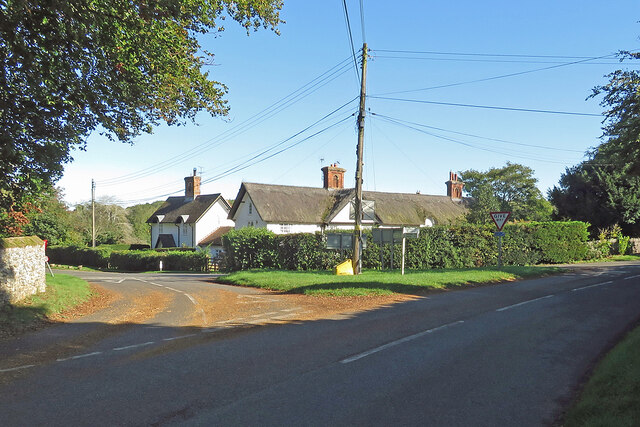
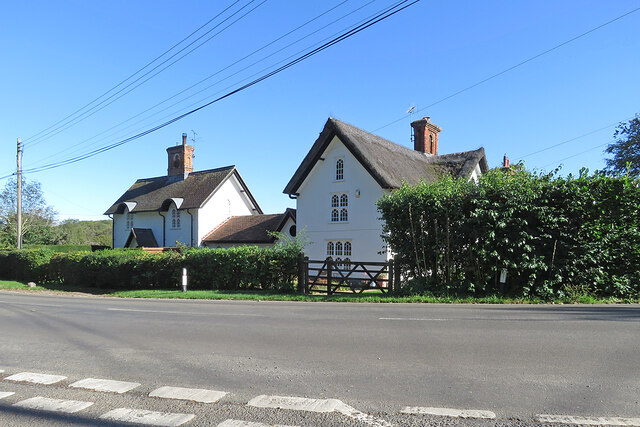
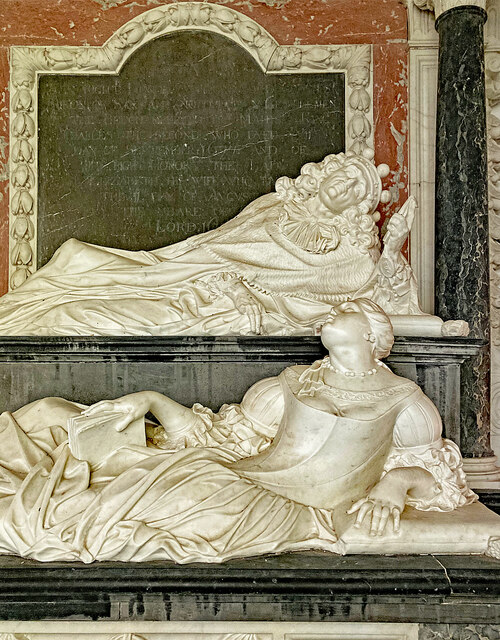
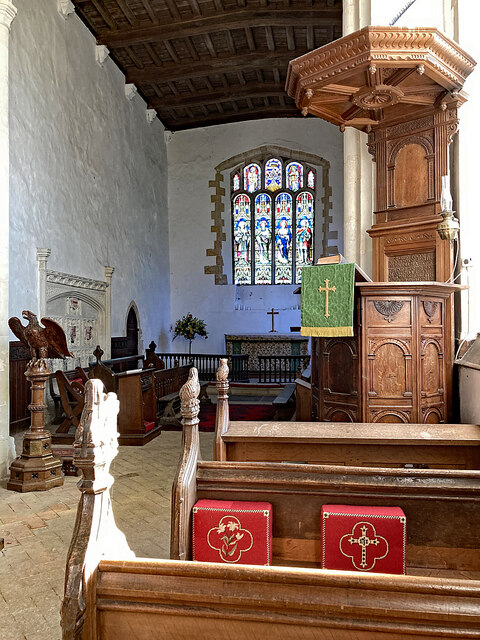
![Little Saxham: St Nicholas &quot;The most spectacular Norman round tower in Suffolk,&quot; wrote Nikolaus Pevsner. &quot;Round the top a rhythmical order of arches on columns. In the four main directions they hold deeply recessed two-light bell-openings, in the diagonals two lower blank arches. Billet frieze along the sill level.&quot; The Perpendicular &quot;nave and chancel S sides [have] uncusped, rather bald tracery,&quot; he opined.](https://s3.geograph.org.uk/geophotos/07/62/53/7625363_c0c2ed83.jpg)
Black Plantation is located at Grid Ref: TL7964 (Lat: 52.245556, Lng: 0.62442034)
Administrative County: Suffolk
District: West Suffolk
Police Authority: Suffolk
What 3 Words
///blacken.manuals.icicles. Near Bury St Edmunds, Suffolk
Nearby Locations
Related Wikis
The Saxhams
The Saxhams is a civil parish in the West Suffolk district of Suffolk in eastern England. Located around two miles west of Bury St Edmunds, the parish...
Saxham and Risby railway station
Saxham & Risby railway station was a station serving Risby in the English county of Suffolk. It was opened by the Great Eastern Railway in 1854 following...
Great Saxham
Great Saxham is a village and former civil parish, now in the parish of The Saxhams, in the West Suffolk district, in the county of Suffolk, England. The...
Saxham Hall
Great Saxham Hall is a two-storey Palladian house situated at Great Saxham, just outside Bury St Edmunds in Suffolk, England. It is a Grade II* listed...
Nearby Amenities
Located within 500m of 52.245556,0.62442034Have you been to Black Plantation?
Leave your review of Black Plantation below (or comments, questions and feedback).
